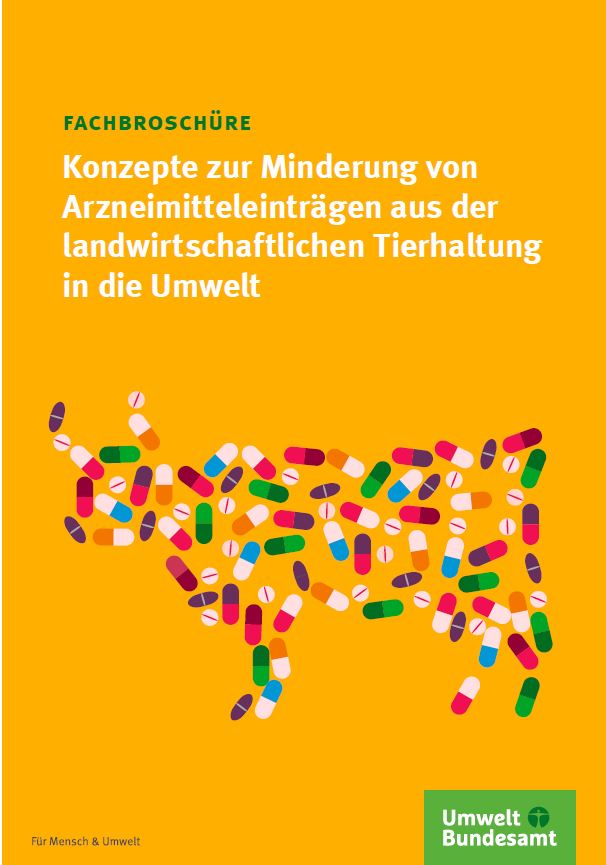Konzepte zur Minderung von Arzneimitteleinträgen aus der landwirtschaftlichen Tierhaltung in die Umwelt
- Publication
- Citation
Vidaurre, Rodrigo; Evelyn Lukat; Julia Steinhoff-Wagner et. al. 2017: Konzepte zur Minderung von
Arzneimitteleinträgen aus der landwirtschaftlichen Tierhaltung in die Umwelt. Umweltbundesamt: Dessau-Roßlau.
Veterinary pharmaceuticals and their transformation products have gained increasing attention as environmental contaminants in both scientific and public spheres. A multidisciplinary research team led by Ecologic Institute identified and analyzed measures that contribute to reduce the input of veterinary pharmaceuticals into the environment. A publication, presenting the project's results, compiles existing approaches and measures for reducing the entry of veterinary pharmaceuticals into the environment, and derives additional measures of relevance for the environment. By way of literature and media research, more than 40 measures to reduce veterinary pharmaceutical input from agriculture into the environment were identified, their effectiveness assessed and – in a dialogue with stakeholders – given top priority. The publication is available for download.
Recent studies document veterinary pharmaceutical residues in organic fertilisers (manure, slurry and fermentation residues) and their transfer into soils and groundwater. At the federal level in Germany (inter alia in the 16th Amendment to the German Medicinal Products Act) and the state level as well as in research, various approaches have been developed for a more careful use of veterinary pharmaceuticals and for limiting the amounts applied in livestock farming. However, the reduction of veterinary pharmaceuticals' entry into the environment and reducing the pollution of environmental compartments are rarely in the foreground of these initiatives.
Against this background, the project aimed to compile existing approaches and measures for reducing the entry of veterinary pharmaceuticals into the environment, as well as to derive additional measures of relevance for the environment. By way of literature and media research, more than 40 measures to reduce veterinary pharmaceutical input from agriculture into the environment have been identified, their effectiveness assessed and – in a dialogue with stakeholders – been given a first prioritisation. The measures cover veterinary and agronomical options, technical and biological approaches for processing manure, measures which reduce exposure, and adjustments to agricultural practices. In addition, measures for communication and environmental monitoring were developed. As a result of the project, sensitisation to the subject of veterinary pharmaceuticals in the environment and continuing education for veterinary and agricultural actors were recommended as the primary short term measures.




